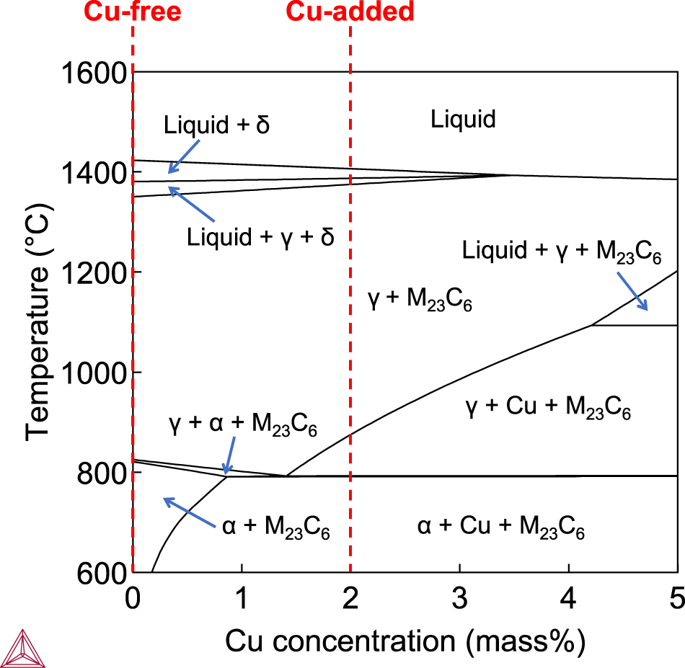npj Materials Degradation ( IF 6.6 ) Pub Date : 2019-08-27 , DOI: 10.1038/s41529-019-0092-3 Chen Zhang , Kenta Yamanaka , Huakang Bian , Akihiko Chiba

|
Carbide-reinforced martensitic steels, known as high-speed steels (HSSs), have been used as tool materials in various industries because of their high hardness and wear resistance. Nonetheless, such steels show severe degradation when used in a corrosive environment because typical Cr2O3 films, which generally realise passivity in these alloys, do not often work effectively. Here, we demonstrate that the corrosion resistance of a high-carbon-containing Fe–Cr–W-based alloy in a sulfuric acid solution can be significantly improved by the addition of trace Cu. The enrichment of Cu at the surface of the alloy as corrosion proceeds is key to inhibiting further corrosion. A theoretical model for a micro corrosion cell, which should be applicable to any material employed under the same corrosion conditions in fields such as the chemical and energy industries, was developed to interpret the experimental observations.
中文翻译:

铜改性耐腐蚀碳化物增强马氏体钢
硬质合金马氏体钢,由于其高硬度和耐磨性,已被用作各种行业的工具材料,被称为高速钢(HSS)。尽管如此,由于典型的Cr 2 O 3,在腐蚀性环境中使用时,这类钢仍会表现出严重的降解。通常在这些合金中实现钝化的薄膜通常不能有效工作。在这里,我们证明了通过添加痕量铜可以显着提高高碳含量的Fe–Cr–W基合金在硫酸溶液中的耐腐蚀性。随着腐蚀的进行,Cu在合金表面的富集是抑制进一步腐蚀的关键。开发了微腐蚀池的理论模型,该模型应适用于在化学和能源等领域的相同腐蚀条件下使用的任何材料,以解释实验观察结果。











































 京公网安备 11010802027423号
京公网安备 11010802027423号